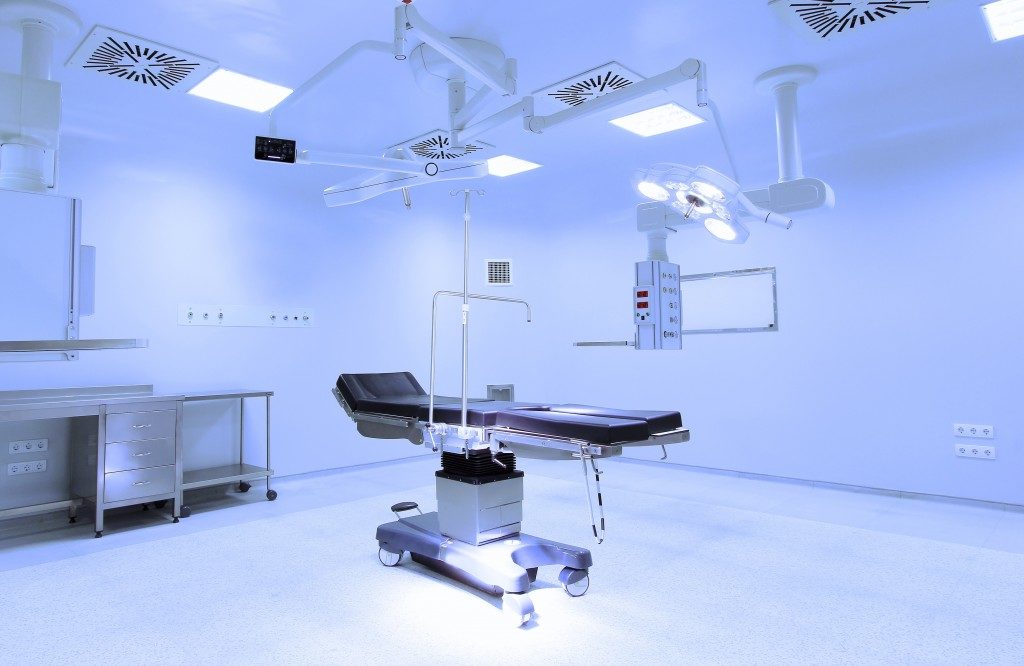One of the essential aspects of an operating theatre is its lighting. Nowadays, surgeons are becoming more demanding on their operating theatre lighting since a simple light does not work anymore. More advanced surgical lighting offers better performance. It is able to eliminate shadows and provide with the true colour of the patient during the operation, which can determine the condition of the patient. They are also more energy-efficient and would require less maintenance.
In the UK alone, some energy-efficient LED lighting options include surgical theatre lights, examination lights, and surgical headlights. These light options should be able to meet the needs in providing the right view for the surgeon during the surgery or during any procedure. While an examination light is used for medical examinations, these lights are created to eliminate any mistake that can be done during surgery. Without the proper lighting, surgeons become more vulnerable to making an error and endangering the patient’s life.
Even before light bulbs were invented to bring light to an operating room, candles were used as a source of light during operation. Surgeries were also done during the day to enable surgeons to see using the natural sunlight. Surgical lightings have existed since the 1850s. However, during that time, operating room windows were built towards the south-east to allow light to enter, which was hard because anyone and anything can block the light during the operation, and not all the time that the weather will be in their favour. After some years, electric lights were invented, and the problem was somehow resolved, but these lights gave off uncontrollable heat radiation. Moreover, when light-emitting diodes (LED) were created, the heat radiation problem was solved.

Surgical lights are categorised into two based on their light types – incandescent or the conventional type and LED lights. Conventional lights are gas-filled incandescent light that contains halogen at a particular pressure. While LED lights are built to eliminate the problems that come with conventional lights such as radiation caused by too much heat. The conventional type of surgical light, however, do not last as long as LED lights, and may even require being replaced in the middle of an operation. Some surgical lights are also classified based on how they can be mounted like on the floor, ceiling-mounted, and wall-mounted lights.
LED lights are the top choice of people in the medical field because it gives off lesser heat making it more comfortable for them especially during long procedures, and lowering the chances of drying out any exposed tissue. LED surgical lights also offer different benefits, such as the following:
- Brighter white colours – One of the most noticeable features of LED surgical light is its white colour spot, not like yellow incandescent halogen bulbs.
- More accurate colours – LED lights have a colour rendering capability. Its Color Rendering Index (CRI) which determines how the light enables the surgeon to differentiate colours. Incandescent halogen lights, although with high CRI, focus only on seeing pastel colours.
- Improved shadow control – Aside from providing whiter and more accurate colours, LED lights are also able to improve shadow control. A LED light makes an entire spot, and these individual spots overlap, making it easier for the medical team because even if they block a LED, the spot will still be round and consistent. The consistency helps surgeons not get distracted by any shadow.
Take all this information into account as you purchase surgical lights.

